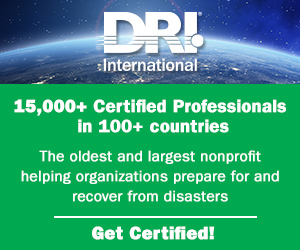What's coming up in the September issue
Crisis Response Journal
JULY 24, 2014
The next issue of Crisis Response Journal marks a decade of publishing, bringing the world's emergency responders and planners, business continuity and disaster risk reduction experts together to share experience and learn from each other.
















Let's personalize your content